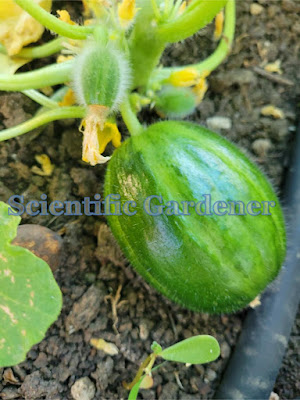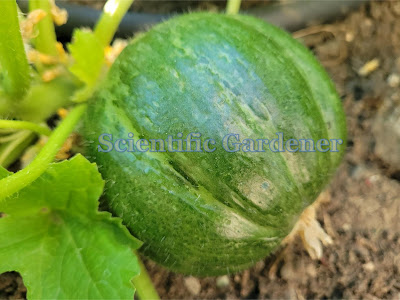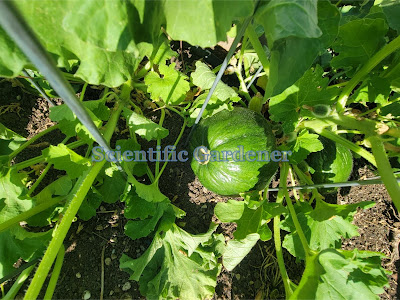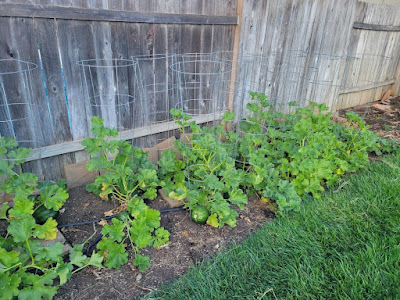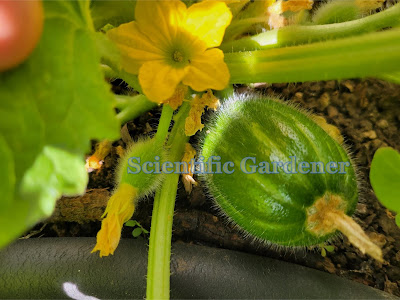Those who have been growing a specific variety or type of crop for a number of years can sometimes be surprised when something different happens. For me, it had to do with disease and pest issues. I was anticipating that something would go wrong – that the plants would get diseased or have some other issue. Though I did utilize some preventative methods (i.e. – spraying with Sonata biofungicide) the majority of the benefits that came to the plants originated from the fava plants that I used as a cover crop between seasons.
Overall, I loved looking at the incredible fruit and flowers. I could not get enough of the abundance and beauty that the Paesana provided. Often, when actors, artists or athletes get to the top of their career, they become the recipient of public accolades. For the gardener, the farmer or any grower, the process and the result are the reward. The privileged blessing of seeing soil and seed bring forth a bounteous harvest, experiencing the miracle of life and its stages, realizing the potential that a crop can achieve. This is all that anyone who plants a seed could desire.
With all that being said, some seasons cannot be long enough. While I deeply enjoyed the time with my Paesana di Soleto crop, it felt like only a moment before they were harvested and gone. Like a good meal, the parting with a relative or a good friend – parting with an especially good crop can be hard, even when the harvest is bountiful. Would I grow the Minunceddha Paesana di Soleto again? Yes I would!















